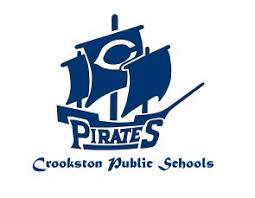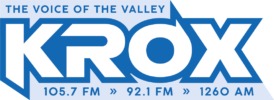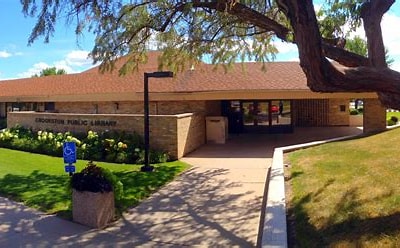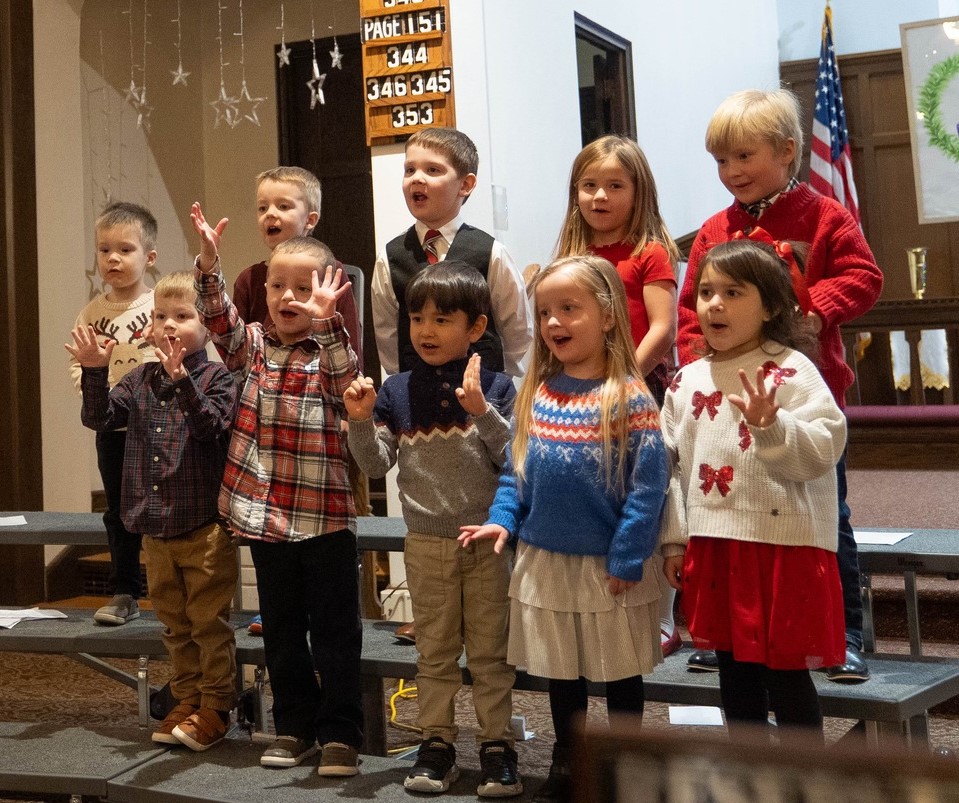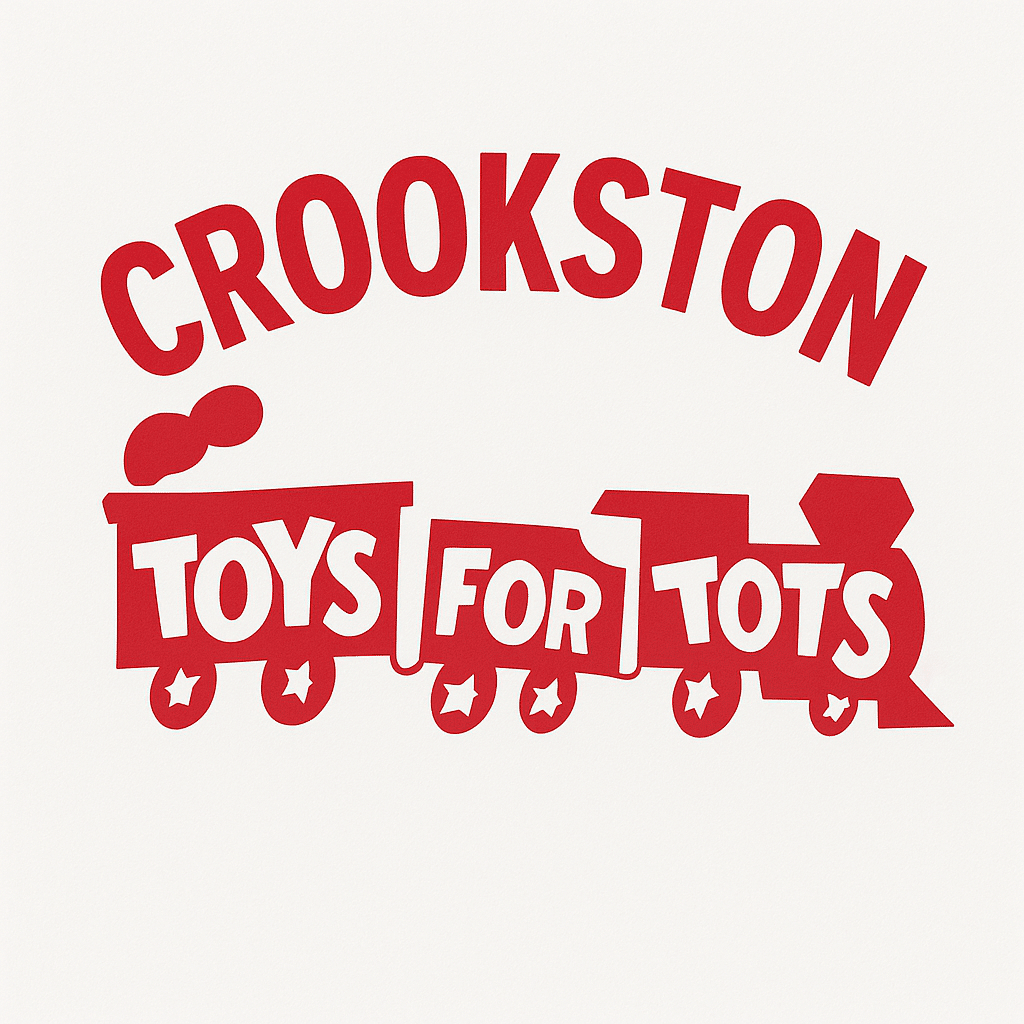On Thursday, Governor Tim Walz announced Minnesota’s Stay Safe Learning Plan for 2020-2021. The plan sets guidelines for local school districts in consultation with local public health, the Minnesota Department of Health, and the Department of Education for when districts can provide the three different models for learning. The model is based on the number of cases per 10,000 residents in the county over the last 14 days.
| County cases per 10,000 over 14 days | Learning Model |
| 0-9 | In-person learning for all students |
| 10-19 | In-person learning for elementary students; hybrid learning for secondary students |
| 20-29 | Hybrid learning for all students |
| 30-49 | Hybrid learning for elementary students; distance learning for secondary students |
| 50+ | Distance learning for all students |
As of today, that number in Polk County is 6.01, an increase over earlier in July when it was 3.8 but would still allow for in-person schooling at Crookston Public Schools explains Superintendent Jeremy Olson. “Under the current guidance, under 10 per 10,000 in the county, you can have in-person instruction,” said Olson. “Right now, our number is 6.01. Two weeks ago, it was 3.8, so that’s a concern. Obviously, we want to see that number taper off. We’re going to keep monitoring that, and if we can keep our numbers under 10, we’ll be doing in-person instruction, which I think is going to be really good for our kids.”
Olson said the governor’s announcement of the plan made a lot of sense to him for having a ladder of options prioritizing the youngest learners based on the rate of new cases. “The governor’s announcement today makes a lot of sense to me,” said Olson. “I think that this plan has a lot of common sense built into it. One, it prioritizes face-to-face learning when safely possible. It also builds a ladder of options for us to use if we have high transmission rates. I also appreciated it prioritizes our youngest learners. The study they did shows 10 and under have very low transmission rates. The prioritization of elementary-age students makes sense. It allows us to provide that support for our families and the education for our kids throughout many of the models. Obviously, we need to have distance learning to have a safe option to educate kids if things go badly, but that’s not the best option.”
Olson also appreciated the local districts being able to work with public health to make the decisions locally. “I also appreciated the local control aspect of allowing our local district to work with public health to make decisions county-wide,” said Olson. “I also felt the plan allows us to advocate the importance of making good decisions within our communities. As I was listening to the governor, one of the things I was thinking is that we need to, as school leaders, be demonstrating good behavior, so that our communicated demonstrates good behavior. But also, communicating with our community that if we have a priority of opening our schools face-to-face, which I want to see happen, we need to take this seriously as a community. Wear our masks, follow social distancing, so we can keep our rates down, and have that in-person learning for our students. I think it’s a win-win.”
Parents of students in Crookston Public Schools will start getting communication in three phases for the upcoming school year this week. The final piece will be a registration to opt-in for in-person school (or hybrid if numbers dictate) or to select to have the student enrolled in distance learning, according to Olson. “I’m going to be drafting a letter I’m sending out that is coming out tonight or tomorrow morning saying here is what the governor decided and some basic information,” said Olson. “That’s going to be followed early next week with the plan for our response so parents understand in the different scenarios what it will look like. And then, there will be another communication that will come out that will be a basic registration. We’ll be asking them to register either in-person or hybrid, whatever the current situation dictates in early September. And then we’ll ask that or distance learning. When parents opt for either option, it will also us to plan a little bit better, so we know what numbers we have in our distance learning platform, and what numbers we have in person.”
Olson also added that in-person schooling doesn’t mean normal, saying the district will have to implement several changes to its operation. “In-person does not mean back to normal,” said Olson. “I think I’ve said that many times. If we’re able to be in-person, there is going to be a lot of things that look and feel different about our schools. We’re going to be sending out information that is a self-screener that has the things to look for. We’re going to ask parents that if their kids have any of those signs not to send them to school. Our second one is either outside the entrance or when they get on the school bus. If we have someone who has a temperature, we’re going to isolate that student and get them home. In the classroom, we’re trying to social distance as much as we can. If in a classroom we can only get three or four feet of distance, that’s what we’re going to do. The other piece is how do we train students about what social distancing is. We’re going to do a visualization with things on the floor, and we’re going to have to space out lunch lines. We’ll have to add another lunchtime, and we’ll have to add some tables.”
Transportation will also be limited with a priority to rural students, explained Olson. “We’re going to have to limit our transportation,” said Olson. “We know in any scenario transportation is going to be limited. I don’t think it’s wise or prudent that just because you can put 50 kids on a bus doesn’t mean you should. We’re going to have to limit our numbers there. So, most likely, we’re going to have to rely on our parents to do more drop-offs. We’re going to prioritize our kids on rural routes and the students in the city that can’t get to school any other way. For the rest of the people we’ll be asking if you can transport your kid, please do so.”
Superintendent Olson’s interview on Valley Talk is below –
